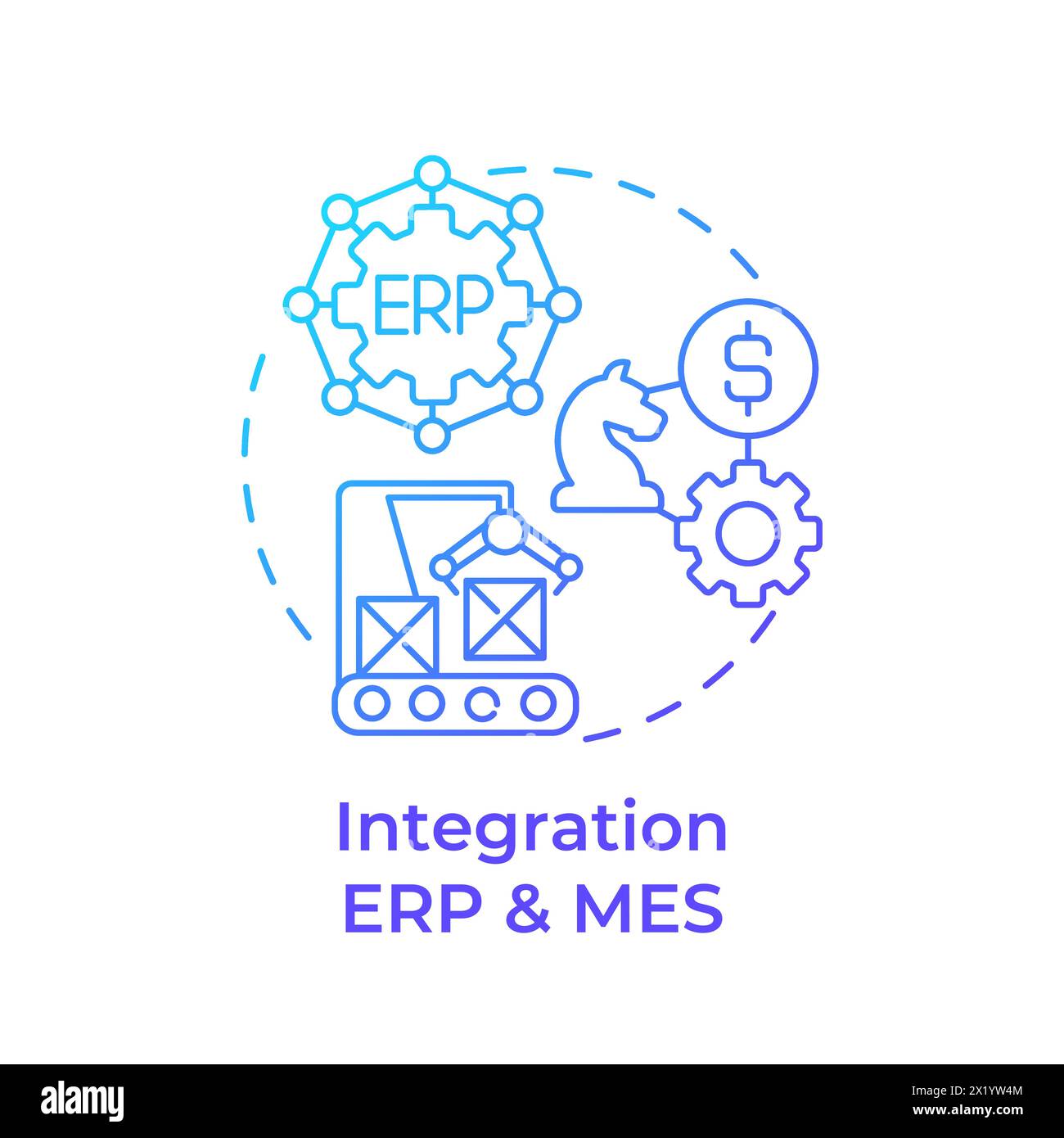My Journey from Chaos to Precision: Unlocking Production Line Optimization with ERP
Hello there! Pull up a chair, grab a coffee, and let me tell you a story. It’s a story not just about technology, but about transformation – the kind that makes you look back and wonder how you ever managed before. My name is Alex, and for years, I’ve been immersed in the world of manufacturing. I’ve seen the grit, the sweat, the triumphs, and yes, the frustrations that come with bringing products to life. And today, I want to share my personal journey with something that utterly changed the game for our production line: ERP Production Line Optimization.
The Old Ways: A Glimpse into the Past (And Why We Needed a Change)
I remember a time, not so long ago, when our factory floor felt like a battlefield. Not in a heroic sense, but in a chaotic, reactive, and often frustrating way. We were producing, yes, but it felt like we were constantly putting out fires.
Imagine this:
- Manual Spreadsheets Everywhere: Production schedules were concocted on sprawling Excel sheets, often out of sync with inventory levels or customer orders. One small change meant a cascade of manual updates, and human error was a constant, unwelcome guest.
- The "Gut Feeling" Approach: Decisions about what to produce next, how much, or when to order raw materials were often based on experience and intuition. While experience is valuable, intuition without data is a risky gamble. We frequently faced either overstocking expensive components or, worse, running out of critical parts mid-production, grinding everything to a halt.
- Information Silos: Our sales team didn’t always know what production capacity we truly had. Our procurement team ordered based on historical data that might not reflect current demand. Quality control operated in its own bubble, and maintenance was mostly reactive – waiting for a machine to break down before fixing it. It was like different departments were speaking different languages, communicating through a series of whispers and shouted corrections across the factory floor.
- Bottlenecks and Downtime: We’d often see one section of the line overwhelmed while another sat idle. Diagnosing the root cause was like playing detective without all the clues. And when a machine broke down? Oh, the scramble! Finding the right part, waiting for a technician, the clock ticking, orders piling up – it was pure agony.
Our efficiency was suffering, our costs were creeping up, and frankly, our team was exhausted. We knew we were capable of more, but we were trapped in a cycle of reactive management. We needed a lifeline, a way to bring order to the beautiful, yet often messy, art of manufacturing.
The Turning Point: Embracing the Promise of ERP
That’s when the conversation about Enterprise Resource Planning (ERP) started to gain serious traction within our company. At first, it sounded like a daunting, complex, and expensive endeavor. "Another software?" some groaned. "More training?" others sighed. But the vision presented was compelling: an integrated system that could connect all the disparate functions of our business, from sales and finance to, most importantly for me, the very heart of our operations – the production line.
Think of ERP as the central nervous system of a business. It’s designed to manage and integrate the core processes of a company. For us, the promise was not just about better financial reporting (though that was a welcome bonus!), but about transforming how we actually made things. It promised to connect all the dots, giving us a single source of truth and a unified view of our operations. This was the seed of ERP Production Line Optimization.
How ERP Revolutionized Our Production Line: My Personal Highlights
Implementing ERP wasn’t an overnight magic trick. It was a journey of planning, data migration, training, and continuous adjustment. But once the system started to hum, the changes on our production line were nothing short of remarkable. Here are some of the key areas where ERP truly shone:
1. Seamless Planning & Scheduling: From Reactive to Proactive
This was perhaps the biggest game-changer. Our ERP system integrated customer orders directly with our production planning modules.
- Real-time Demand Visibility: We could instantly see incoming orders, forecast demand more accurately, and understand their impact on our production schedule. No more guessing games!
- Finite Capacity Scheduling: This was revolutionary. Instead of just creating a schedule, ERP could optimize it based on actual machine availability, worker shifts, tool requirements, and material availability. It helped us identify potential bottlenecks before they occurred, allowing us to adjust proactively, perhaps by shifting a job to a less busy machine or rescheduling a non-critical task. Our lead times became more predictable, and our delivery promises became reliable.
- Material Requirements Planning (MRP): This module became our best friend. It automatically calculated exactly what raw materials and components we needed, and when, based on our production schedule. It significantly reduced both stockouts and excessive inventory.
2. Real-Time Inventory Mastery: Reducing Waste, Boosting Flow
Our old inventory system was a black hole. Now, with ERP:
- Accurate Stock Levels: Every item, from the smallest screw to the largest component, was tracked in real-time. As soon as something was used on the production line or received from a supplier, the system updated. This meant our production planners always knew exactly what was available.
- Optimized Reorder Points: ERP helped us set intelligent reorder points and quantities, reducing the capital tied up in excess inventory while ensuring we always had what we needed. We saw a significant reduction in carrying costs and less waste from expired or obsolete materials.

